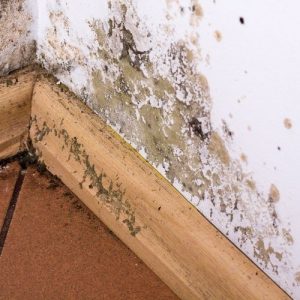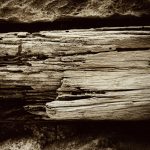Wet Rot Prevention
Tips For Identifying And Preventing Wet Rot In Your Home
What Is Wet Rot?
Wet rot is characterised by a variety of fungal species, such as coniophora puteana and choanephora cucurbitarum. These fungi prey on your wooden structures and cause irreversible long-term damage. It doesn’t spread quicky, but infections on wooden beams and timber risks the structural integrity of your home. Our specialists diagnose and treat fungal infestations in commercial and residential properties.
What Does It Look Like?
The appearance is variable, but the identifying signs consist of brittle, cracked and damp textures. It has a musty smell and the timber will be discoloured. Moreover, it’s more likely to appear in leak-prone areas of your property. If you notice any of these signs, contact us for advice to determine if moisture damage is to blame.
Where Does It Grow?
As the name suggests, it thrives in damp and moist conditions where fungal spores form and fester. This can occur when you have a leak, broken pipes, or faulty plumbing. To prevent it, it’s important to tackle these issues as they arise. Always be on the lookout for signs of mould – it could be indicative of another problem in your property. It requires a moisture level of about 50% to develop.
How Can You Prevent It?
Keeping your structures dry is the obvious answer, but this isn’t always easy. Floods, leaks and damp are unavoidable. Our specialists will remove your damaged timber and replace it with a chemically treated preservative for long-term, sustainable protection. This is the best way to prevent recurrences of wood damage.
Frequently Asked Questions
Can it be dangerous to your health?
Wet rot doesn’t pose a threat to your physical health, but it can be fatal for your property. As we already discussed, it can cause long-term, irrevocable damage if left unchecked. However, in cases of extreme volumes of mould, spores could cause respiratory problems in vulnerable individuals. If you have any questions or concerns, contact us for advice.
Can you paint over it?
You wouldn’t rub dirt into an open wound, would you? The same applies here — you’re only masking the problem, not treating it. For peace of mind, contact us for timely solutions and advice.
What’s the difference between wet rot and mould?
They are both produced by fungi. The former is grows on wood and plant surfaces, whereas mould grows in most places. As a rule, mould is not as dangerous to your timber. While mould can cause discolouration, rot actively decays the integrity of your structures. This leads to serious damage that will need expensive treatment to fix. However, if you notice the signs early, we can resolve this in a timely and cost-effective manner.
Is it covered by insurance?
Most policies won’t cover you for damage caused by damp and condensation, which is why it’s important to treat it. If the damage is preventable (as in this case), then it’s unlikely to qualify for insurance.
How We Treat Wet Rot At Orchard Preservations
To prevent permanent damage to your home, contact Orchard Preservation for treatment. Our team of experts can offer premium advice and book an appointment for an effective and immediate solution. It can be detrimental, but identifying the signs will protect your property in the long run.




